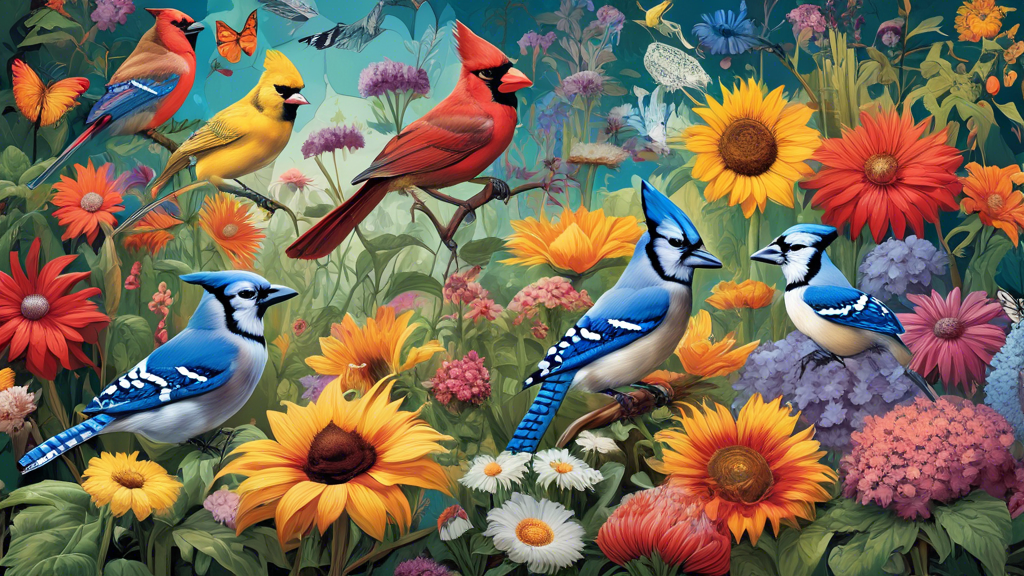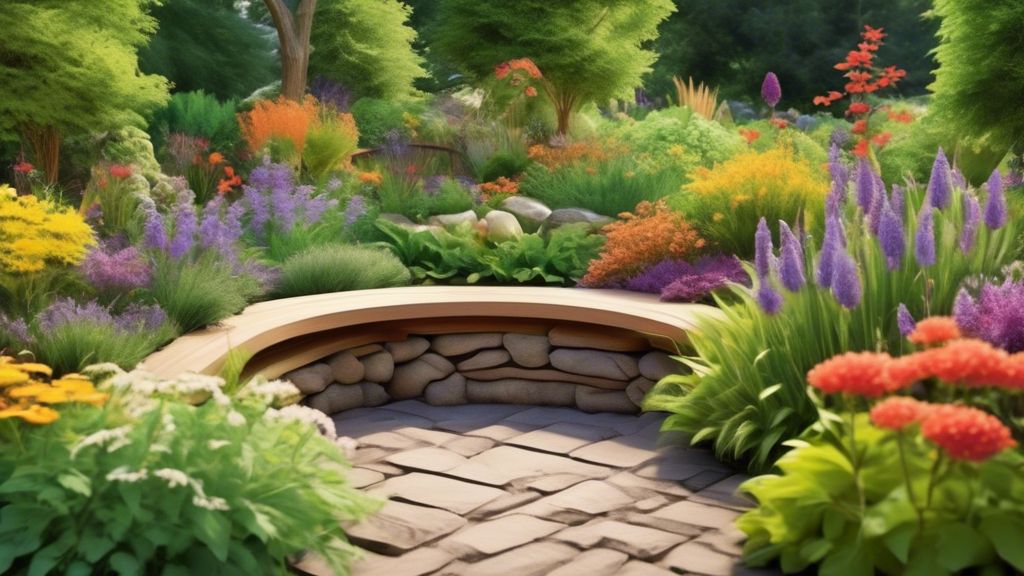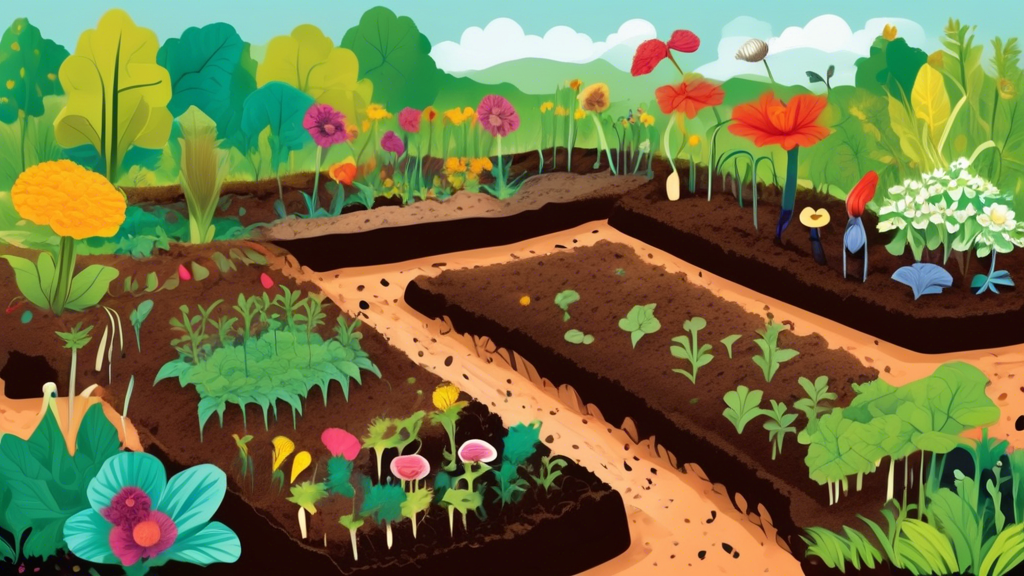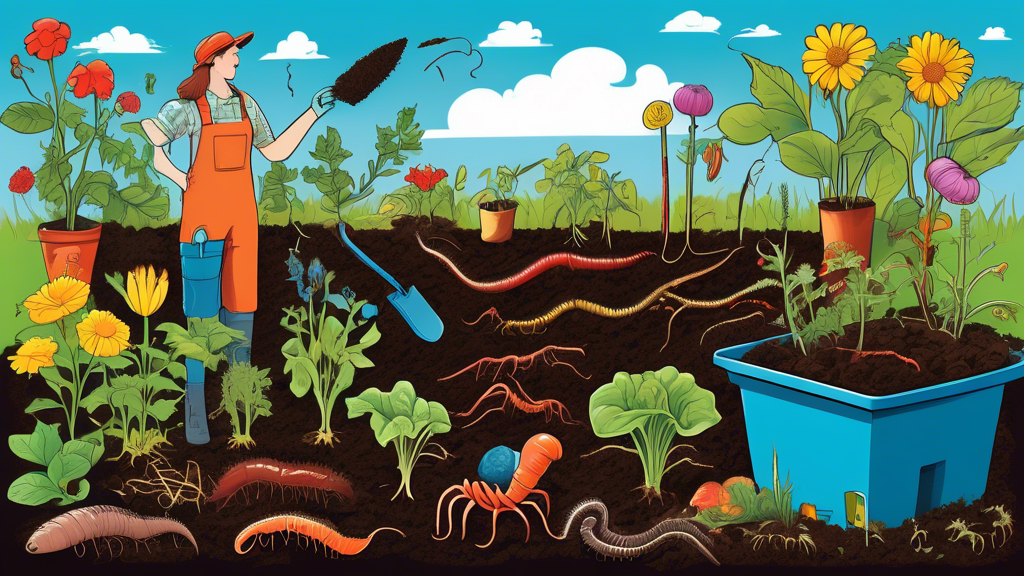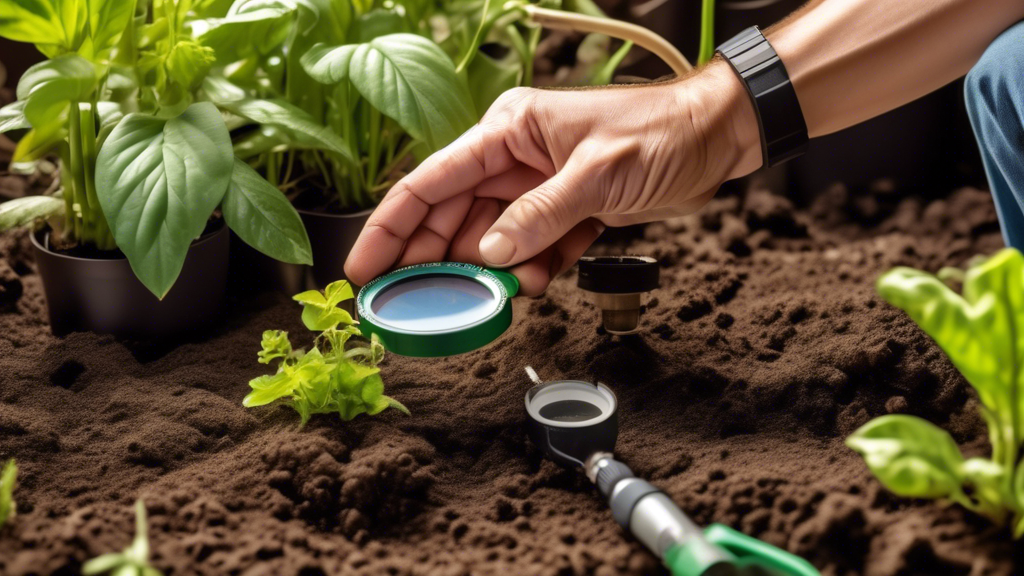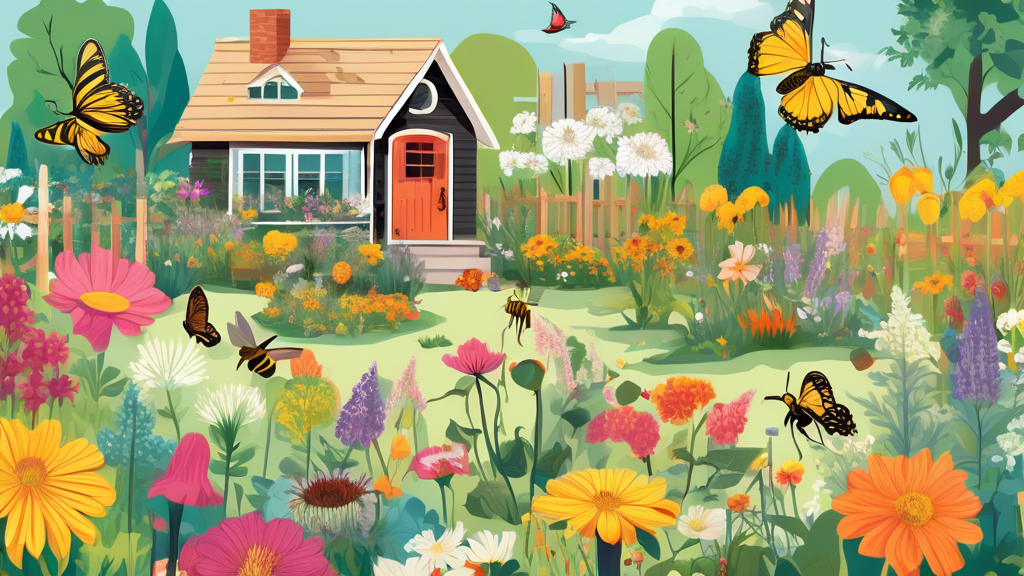
Understanding the Pollinator’s Plight: Common Challenges We Can Solve
Many well-intentioned yards inadvertently create hardships for the very pollinators we aim to help. By recognizing these common issues, we can transform our spaces into true sanctuaries.
The “Food Desert” Effect of a Perfect Lawn
A monoculture of grass offers no nutritional value to pollinators. It’s akin to a vast, empty supermarket for bees, butterflies, and other beneficial insects.
The Critical Hunger Gap Periods
Early spring and late fall are particularly dangerous times for pollinators. As natural food sources dwindle, many species struggle to find the sustenance needed to start new generations or survive the winter.
The Unseen Dangers of Common Chemicals
Many insecticides and herbicides don’t discriminate between pests and beneficial insects. Even neonicotinoids, often applied as a seed coating, can persist in pollen and nectar for years.
A Severe Shortage of Shelter and Nesting Real Estate
Pollinators need more than just food—they require safe places to raise their young, hide from predators, and weather the elements. Our tidiness often eliminates these crucial habitats.
Laying the Foundation for a Year-Round Pollinator Sanctuary
Creating a true haven requires shifting our perspective and adopting some fundamental practices that support pollinator health throughout their lifecycles.
Embrace a Pesticide-Free Philosophy
Commit to natural pest management strategies like companion planting, encouraging predatory insects, and accepting that a healthy ecosystem includes some plant damage.
Provide Clean Water Sources
Create simple “pollinator baths” using shallow dishes filled with pebbles or marbles and just enough water for insects to drink without drowning.
The Critical Importance of Ground Nesting Sites
What many gardeners don’t realize: Approximately 70% of native bee species are ground-nesters. Leaving some areas of bare, untilled soil and undisturbed leaf litter provides essential nesting habitat that most artificial bee hotels cannot replace.
The Key to Success: Strategic Planting for Continuous Blooms
The most crucial element of a year-round pollinator haven is ensuring a consistent food supply through careful plant selection and timing.
Adopt the “Bloom Time” Mindset
Shift from planting for a single spectacular display to planning for sequential blooms that provide nectar and pollen from the first warm days of spring to the final frosts of autumn.
Native Versus Non-Native Plants: A Critical Comparison
| Native Plants | Non-Native & Cultivar Plants |
|---|---|
| Co-evolved with local pollinators, providing ideal nectar and pollen | Often unfamiliar or inaccessible to native insect species |
| Typically more drought-resistant and low-maintenance | May require more water and care to thrive |
| Support complete insect lifecycles (host plants for caterpillars) | Often only provide nectar, missing crucial ecological roles |
| Double flowers often have nectar and pollen structures bred out | Can be beautiful but functionally useless to pollinators |
Your Seasonal Planting Guide for Year-Round Support
| Season | Timeframe | Recommended Plants |
|---|---|---|
| Early Spring | February – April | Crocus, Willow, Red Maple, Lungwort, Virginia Bluebells |
| Late Spring to Summer | May – August | Coneflower, Bee Balm, Milkweed, Salvia, Catmint, Lavender |
| Fall | September – November | Goldenrod, Asters, Sedum, Joe-Pye Weed, Russian Sage |
Beyond Flowers: Creating Complete Habitat Support
True pollinator havens provide more than just food—they offer the full suite of resources these creatures need to thrive and reproduce.
Install Bee Hotels for Cavity-Nesting Species
Simple DIY bee hotels can provide nesting sites for mason bees, leafcutter bees, and other tunnel-nesting species. Ensure proper tube sizes and materials to prevent mold and mites.
Value Standing Dead Material
Allow some plant stems to remain standing through winter. These hollow stems provide crucial overwintering habitat for numerous insect species.
Create a Butterfly Puddling Station
A unique behavior many gardeners miss: Male butterflies congregate at damp soil to drink water and absorb essential minerals like salt, which they transfer to females during mating to improve reproductive success. A simple patch of moist sand or a shallow pan with sand and water can become a vital butterfly resource.
Frequently Asked Questions
Can I make a difference with just a small space or balcony?
Absolutely! Even a container garden with carefully selected sequential-blooming plants can provide a critical food source for urban pollinators. Focus on high-nectar plants like salvia, lavender, and zinnias in pots.
Aren’t some bees dangerous? How can I coexist safely?
The vast majority of native bees are solitary and non-aggressive. By providing habitat, you’re supporting these gentle species. Yellow jackets (which are wasps, not bees) are attracted to protein and sweets, not pollinator gardens.
What’s the single most impactful change I can make?
Plant a native flowering tree or shrub. A single native oak tree supports over 500 species of caterpillars, while a blueberry bush or serviceberry provides massive blooms in spring and berries for birds later.
Is fall too late to start a pollinator garden?
Fall is actually an excellent time to plant! The warm soil encourages root establishment without the stress of summer heat. Many fall-blooming plants also provide immediate food for migrating pollinators.
Your Pathway to a Thriving Pollinator Oasis
Transforming your yard into a year-round pollinator haven is a journey of small, intentional steps. Start by replacing a section of lawn with native plants, leave a patch of bare soil undisturbed, or plant a native shrub. As you observe the bees, butterflies, and other beneficial insects that visit, you’ll discover the profound satisfaction of supporting your local ecosystem. Your efforts create critical connections in a network that sustains both wildlife and our food supply.
